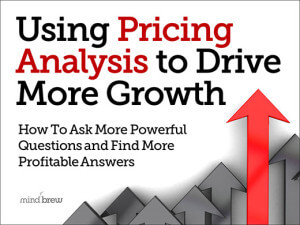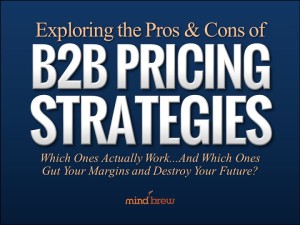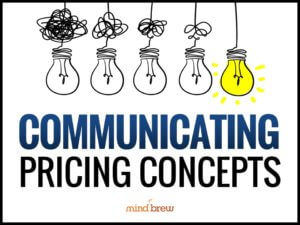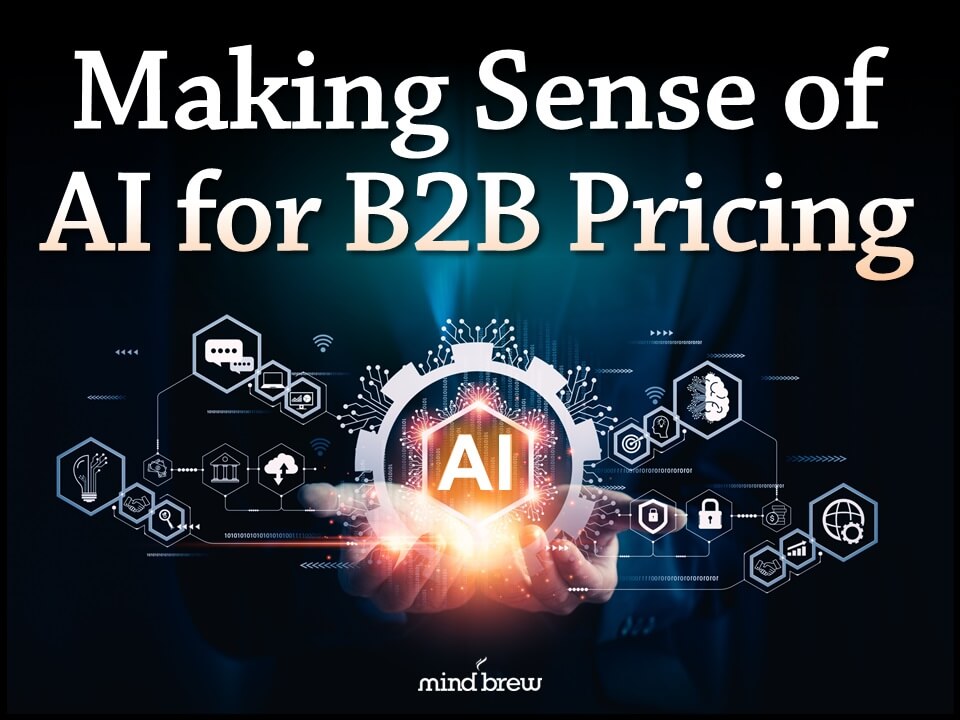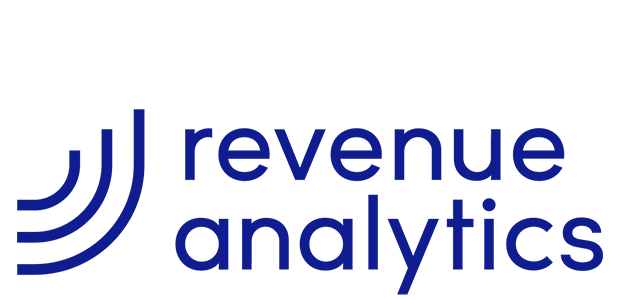In 1952, Nobel-prize winning economist William Vickrey proposed an outlandish idea: charging different fares for New York City subway rides based on the time of day and the length of the ride.
The big advantage of this type of pricing structure would be to reduce congestion. If it were cheaper to ride at 6 am than 8 am, presumably some people will be willing to get up early take the subway then rather than during rush hour.
“The abandonment of the flat-rate fare in favor of a fare structure which takes into account the length and location of the ride and the hour of the day is obviously a sensible step provided the mechanical problems involved can be solved,” Vickrey opined.
He even gave his own — somewhat non-specific — suggestion for how to work out those mechanical details:
Require each passenger to deposit a quarter in an entrance turnstile, which would deliver to each passenger a metal check that the passenger would be required to carry with him to his destination. The check would bear notches or perhaps magnetic patterns coded to represent the station or zone of entry and perhaps also the date; the passenger would insert this check into an exit turnstile as he left the subway; the exit turnstile would be able to determine from the check the origin of the passenger, and then, according to this origin and the time of exit, would determine the proper refund and deliver it to the passenger.
Not surprisingly, it seems that Vickrey was a better economist than engineer. Although he believed his idea would present “no serious technical difficulty,” no one ever built his imagined system.
On the other hand, his idea for increasing pricing during times of peak demand seems simply to have been ahead of its time. Today, it’s become commonplace for utilities to charge more during the busiest part of the day, and Uber has applied the Vickrey’s idea to transportation — although not the subway.
He just needed to wait for technology to catch up to his ideas.
Of course, many ideas that once seemed outlandish eventually become possible. Today, technology is enabling many pricing teams to do something that once seemed fantastical–determine what a customer was willing to pay. But that’s not all. Many teams are able to take it a step further–using the same pricing and customer data they already have:
- Knowing what a customer was willing to pay.
- Knowing which customers could be buying more from you.
- Knowing which customers are defecting to the competition.
- Knowing which prospects are most likely to buy.
They might even seem unbelievable to you today. But in actuality, data science and analytics make all these things possible. To learn more, check out the webinar Using Pricing Analysis to Drive More Growth.
At least some of your competitors are likely already using these techniques. If you want to keep up, now is the time to see where the latest technology can take your company.

